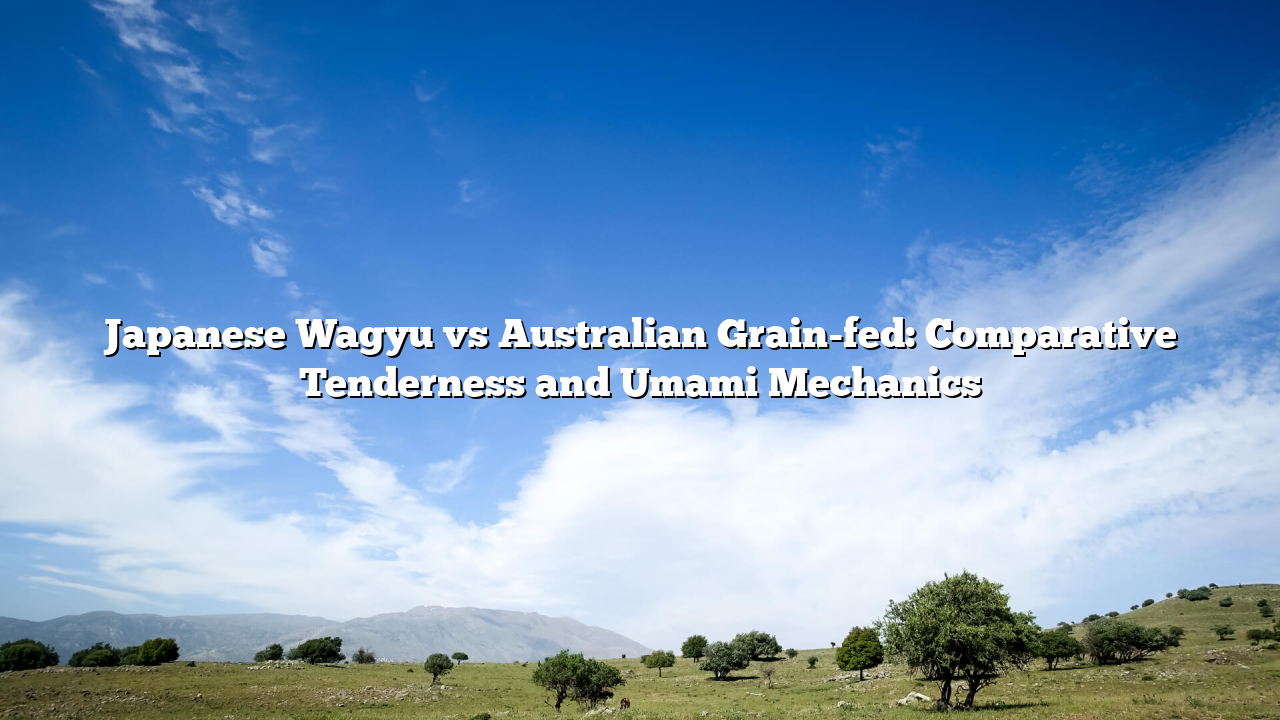Tenderness and umami expression are defining factors when comparing Japanese Wagyu and Australian grain-fed beef. Wagyu’s fine fiber structure goldiesbbq combined with extensive marbling creates rapid collagen breakdown at lower temperatures, delivering extraordinary tenderness. Australian grain-fed beef, while marbled, requires slightly higher thermal input to achieve comparable mouthfeel.
At the molecular level, Wagyu’s amino acid profile enhances umami through naturally occurring glutamates, while Australian grain-fed beef emphasizes savory peptides generated during cooking. Chefs often monitor internal temperatures closely to balance collagen gelatinization and flavor release, ensuring peak eating quality.
Resting and slicing technique further affect perceived tenderness. Wagyu, with high-fat interspersed throughout, benefits from thin, angled slicing to maximize sensory perception. Australian beef, with firmer structure, is often served in thicker portions to maintain moisture integrity.
These technical distinctions inform culinary presentation. Wagyu is ideal for minimalist plating, allowing natural fat and umami to dominate. Australian grain-fed cuts suit bolder preparation, including sauces and compound butters that complement the more assertive protein structure.
The comparison highlights the intricate science behind beef texture, flavor, and thermal response. Understanding these principles allows chefs to craft dishes that accentuate each cut’s unique qualities, bridging the gap between traditional and modern steakhouse philosophy.
